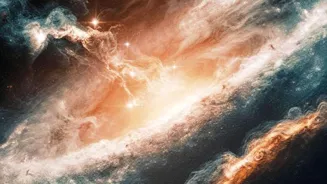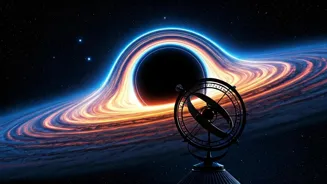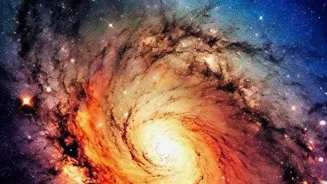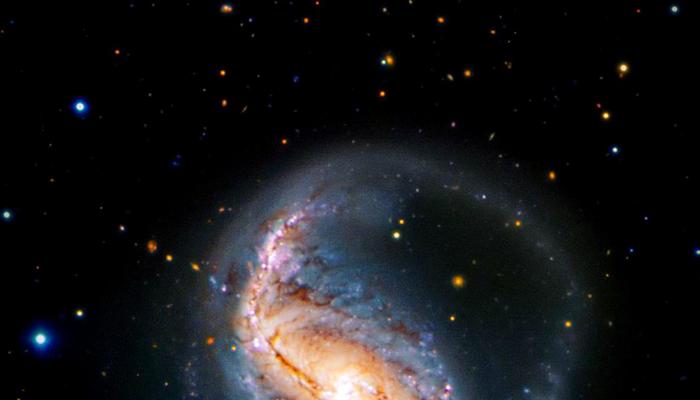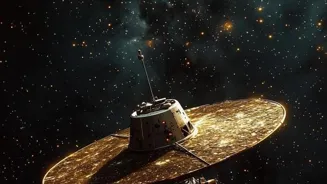Delve into the enigmatic world of supermassive black holes! Uncover their cosmic influence on galaxy evolution. Read more!
Imagine a black hole. Not just any black hole, but one with a mass millions or
even billions times that of our sun! These giants, called supermassive black holes (SMBHs), reside at the heart of most, if not all, galaxies, including our own Milky Way.

For a long time, scientists were scratching their heads, wondering what these colossal entities were doing sitting inside galaxies. Now, after decades of research using powerful telescopes and advanced computer simulations, a clearer picture is emerging.
It turns out these SMBHs aren't just cosmic freeloaders; they play a crucial, if somewhat mysterious, role in shaping the evolution of galaxies!
Early universe chaos led to supermassive black hole formation
The early universe was a chaotic place. Gas and dust were swirling everywhere, gradually clumping together under the influence of gravity. As matter fell towards the center of these growing clumps, SMBHs began to form.
How exactly they formed is still a big question that is still under investigation, but one leading theory involves the direct collapse of massive gas clouds.
Imagine a giant cloud of gas, collapsing under its own weight, skipping the intermediate star formation stage, and directly forming a black hole seed. These seeds then rapidly grew, consuming everything in their path, becoming the behemoths we observe today.
Another theory involves the collision of smaller black holes coalescing to form a larger mass.
smbhs regulate star formation through powerful energy jets
One of the most important roles of SMBHs is regulating star formation within their host galaxies. When material falls towards a SMBH, it doesn't always disappear down the hole immediately. Instead, it forms a swirling disk of superheated gas and dust called an accretion disk.
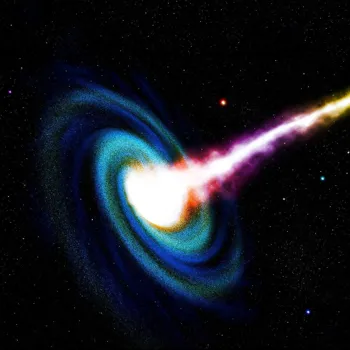
This accretion disk acts like a cosmic dynamo, generating immense amounts of energy. This energy can be released in the form of powerful jets of particles traveling at near-light speed, which shoot out from the poles of the black hole.
These jets can travel vast distances, interacting with the gas surrounding the galaxy through a process known as AGN feedback.
AGN feedback regulates star formation in galaxies
AGN feedback is a really important component here. This phenomena is like a thermostat for galaxy formation. If the SMBH is actively accreting matter and launching powerful jets, these jets can heat the surrounding gas and prevent it from collapsing and forming new stars.
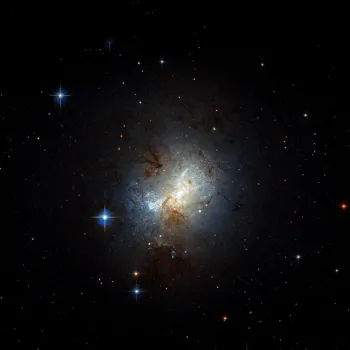
This process is called "quenching" star formation. On the other hand, if the SMBH is relatively quiet, the gas can cool which is vital for the cooling and condense, leading to bursts of star formation.
This delicate balance between SMBH activity and star formation is crucial for determining the size and shape of a galaxy.
Our Milky Way's black hole, Sagittarius A, poses mysteries and insights for global scientists
Our own Milky Way galaxy has a supermassive black hole at its center, called Sagittarius A (pronounced "Sagittarius A-star"). While Sagittarius A is relatively quiet which is what makes it even more interesting, it's still a powerful reminder of the immense forces lurking at the heart of our galaxy.
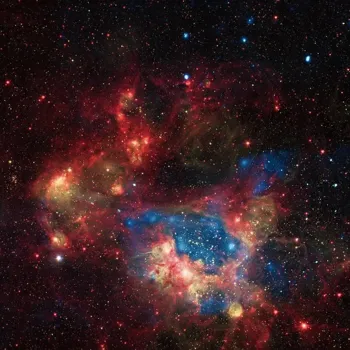
Scientists have even managed to capture the direct image of Sagittarius A, confirming its existence and providing valuable insights into its properties. Studies on Sagittarius A and other nearby SMBHs is providing valuable information that is being analysed by various researchers around the globe.
This in turn helps us to better comprehend the physical attributes.
Study of supermassive black holes: pivotal in understanding universe evolution
The study of SMBHs is a rapidly evolving field, with new discoveries happening all the time. As telescopes become more powerful and computer simulations become more sophisticated, we are constantly learning more about these enigmatic objects and their role in the universe.
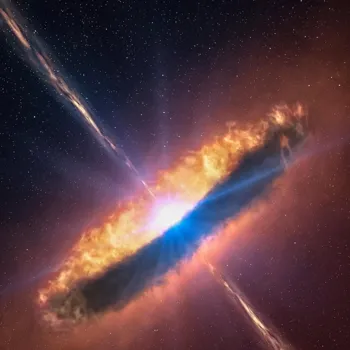
Understanding these behemoths is not just about learning about black holes; it's also about understanding the fundamental processes that drive the evolution of galaxies, and ultimately, the universe we inhabit.
From governing star formation to shaping the very structure of galaxies, supermassive black holes are undoubtedly cosmic powerhouses, playing an indispensable role in the grand cosmic play.
AI Generated Content. Glance/InMobi shall have no liability for the content
